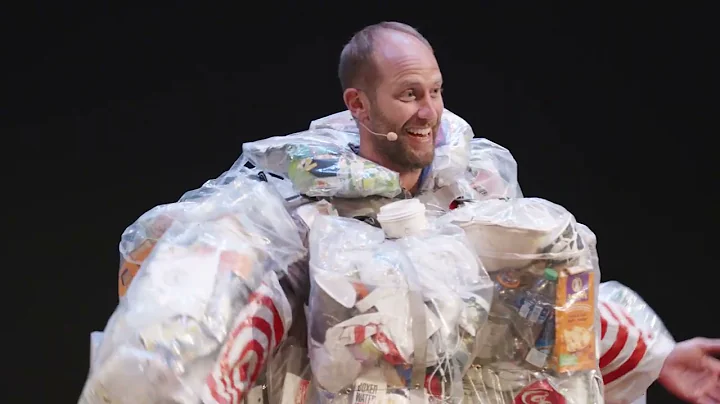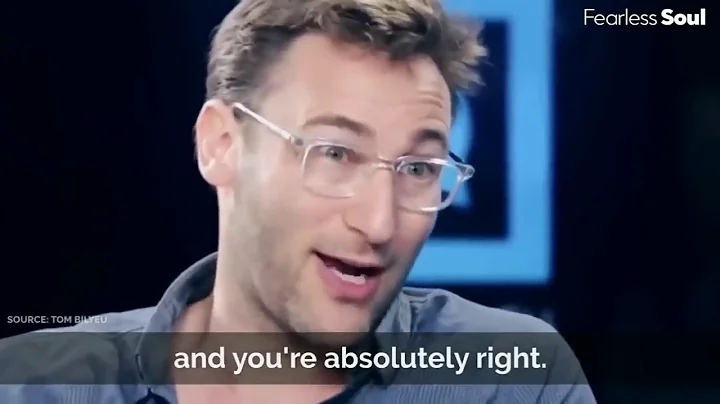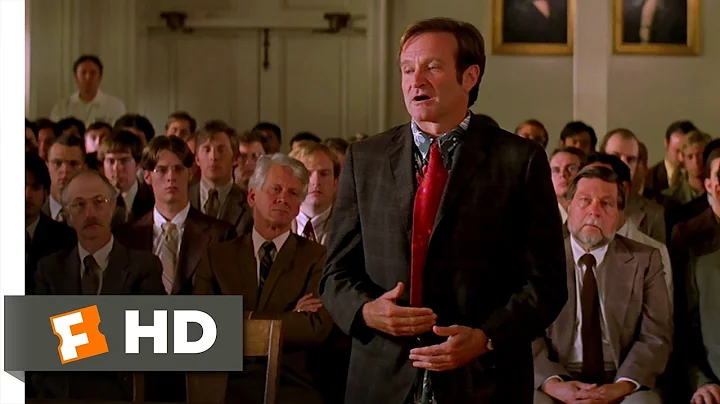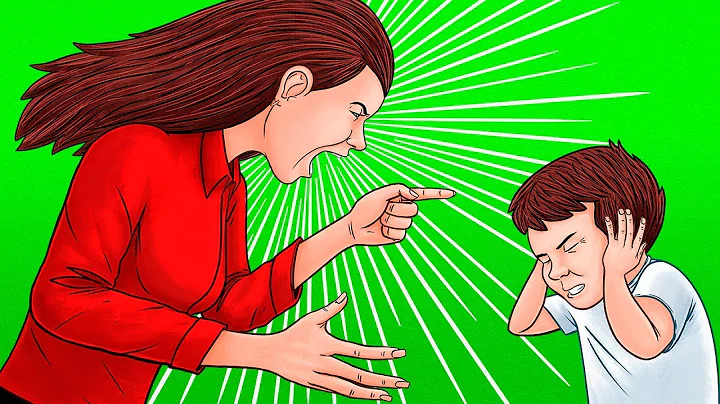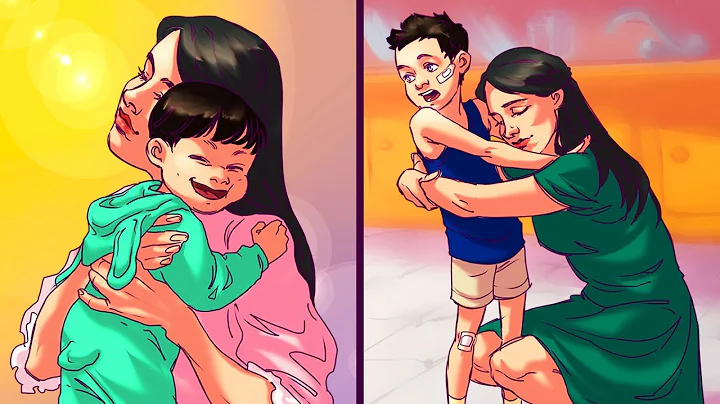In 1932, a blue parrot wearing a beret and red and black plaid trousers was born in Switzerland. It also has a very cute name, called: Grubi.

Grubby is not only cute, but also smart, curious, likes to explore, and wants to try everything.
After Grubby was born, he was quickly loved by children, so Grubby became the protagonist of the Discovery series of children's books. Accompanied by Grubby, many children are as curious as him and like to explore scientific knowledge.
In 2008, Grubi Theme Park was established in Switzerland. Now Grubi has become a well-known protagonist of popular science stories and is famous all over the world.

In the Blue Parrot Grubi popular science story series, contains a total of 10 volumes, namely: "The Earth Is Sick", "Mountain Adventure", "Architectural Exploration", "Music Journey", "Chemistry Around Us", "Wall-E", "Technology that Changed the World", "The Story of Water", "War of Species", "Energy Crisis".
Each book uses bright pictures and vivid stories to present relevant popular science to everyone through the story of Grubby.
Today we will follow Grubby in the book "The Popular Science Story of Grubby the Blue Parrot - The Story of Water" to learn about the popular science of water cycle .

1. How does the water plant filter drinking water?
Can you guess how much water is consumed by each person in the family every day? 5L? 10L? In fact, each person in the family uses approximately 160L of water every day.
So where does the water we use come from?
Water comes from many sources, 70% of which comes from lakes, as well as river water, groundwater or spring water. After being treated by water plants, this water flows to thousands of households for our use.
If water is pumped from the lake, it will usually be pumped from a depth of 30 meters. The water temperature at this depth is constant, 4-8°C all year round, and it is almost free of pollution, and the water quality is very good.
After pumping out the lake water, the first step is to use ozone to purify it to kill bacteria and viruses, and then filter it three times.
used a rapid filter for the first time, which means that the water seeps out from the sand layer and the plankton and pebbles are filtered out of the water.
then uses activated carbon filters and slow filters to make the water completely clear, and then the water can enter the reservoir and be transported to thousands of households through pipelines.
2. How to purify sewage?
After the water purified by the water plant is used in households, it will be discharged as wastewater.
According to statistics, a big city produces about 3000L of wastewater per second, which is discharged through drainage pipes . If it rains, it may even reach 6000L of wastewater per second.
This wastewater will not be discharged immediately into rivers, lakes and seas. Instead, it will be purified through sewage treatment plants before being discharged.
The process of sewage purification is much more complicated than the three filtrations in the water plant. The purification of sewage requires 7 times of filtration.
These 7 filtrations are coarse sand trap, grille, oil and fine sand trap, primary sedimentation tank, activated sludge tank, secondary sedimentation tank, and sand filter chamber.
During these 7 filtration processes, the garbage in the water is filtered out from large to small, and then bacteria and microorganisms are used to dissolve the soluble pollutants in the water, and finally filtered. The purified water is redirected back into the river.
3. How does nature carry out water cycle?
In nature, water circulates in three states: liquid, solid and gaseous.
Under the sun's rays, hot air will absorb a large amount of moisture and then rise to high altitudes. Cirrus clouds form when hot air carrying moisture meets cold air at high altitudes.
Some hot air will even rise to an altitude of 10-15 kilometers, where the moisture will form huge thunderclouds , and then through rain, the water will return to the ground again.
Water is first carried to high altitudes through hot air, and then brought back to the ground through rain. This is the water cycle of water in the atmosphere.
Some of the water that falls to the ground through rain will fall into the ocean, and some will fall on the ground.
Some of the water falling on the ground will seep into the groundwater, some will become spring water, and some will be absorbed by plants for plant growth. This is a water cycle on the ground.
There is actually not much water involved in all water cycles, less than 1% of the earth's total water. Most of the earth's water is stored in the ice caps of the North and South Poles or in the ocean.
4. Summary
We use water every day, from getting up in the morning to washing up to taking a bath and sleeping at night. The water we use is purified by the water plant and then comes to us.
The wastewater we have used will go through the sewage purification process of 7 times of filtration and then be discharged back into the river.
A lot needs to be done to ensure everyone has access to clean drinking water. If children can understand how difficult these processes are, then they will also understand the importance of saving water.
Water is the source of life. About three-quarters of the human body is composed of water. Some plants also have a high water content. For example, the water content of cucumbers is as high as 96.7%.
Protect water resources just like we care for our lives.








